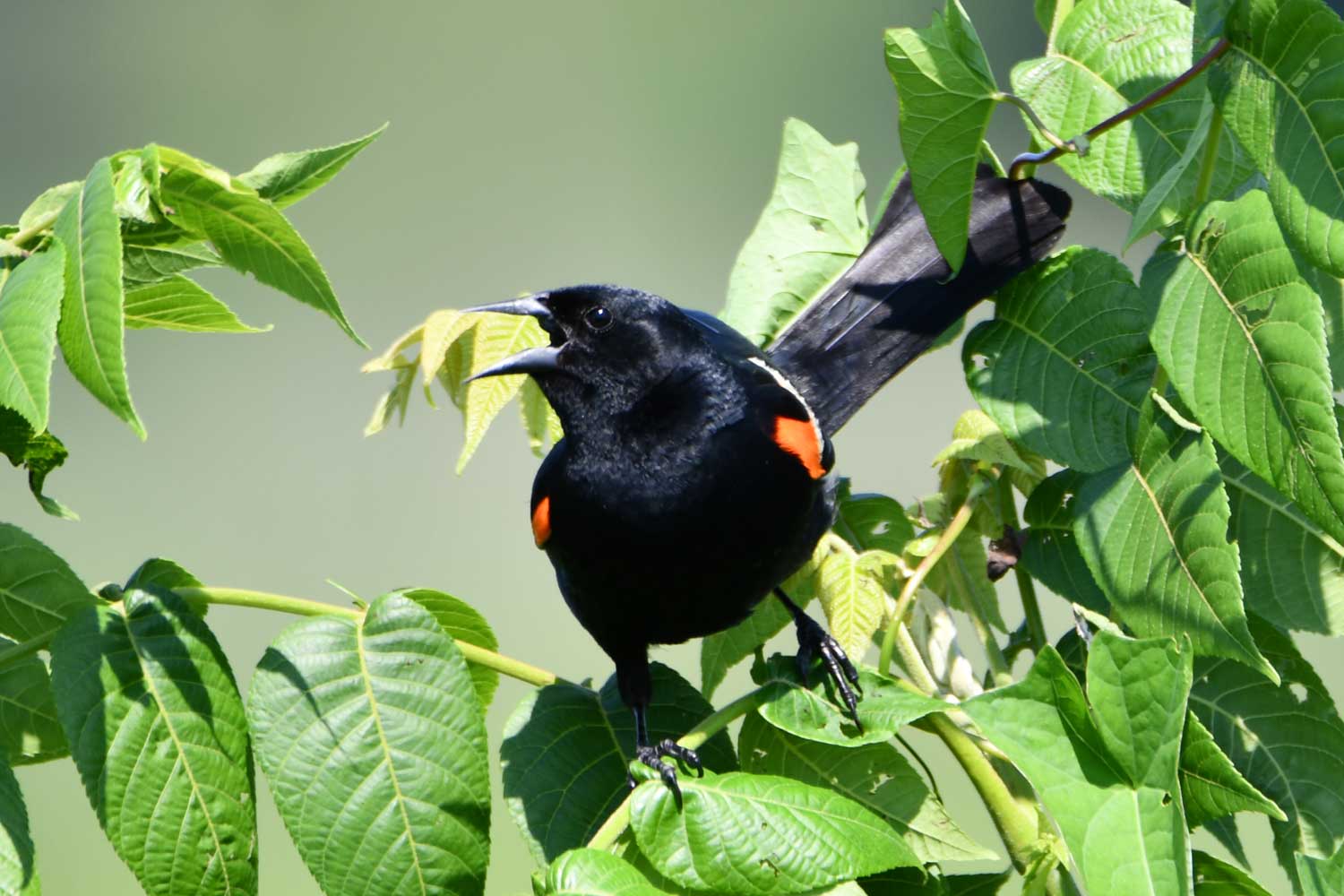Two words perfectly describe red-winged blackbirds: Feisty and familiar

Red-winged blackbirds are one of our most familiar and recognizable birds, both because of their striking plumage and their aggressive and territorial behavior. At the right time of year — breeding and nesting season — these birds will chase away anything that dares to get too close, and that includes humans.
It's the males who tend to get our attention with their aggressive behavior, although females can be aggressive too, usually only to other females, however. While many birds can be aggressive to others from their species when they are defending their territory or wooing a mate, male red-winged blackbirds have a well-earned reputation for attacking just about anything that dares to encroach on their nest area, including much larger birds, horses and humans, according to the Cornell Lab. Defending their territory can be a time-consuming process too, accounting for as much as 25% of the daylight hours during breeding season.
It's also the males that have the striking appearance we are familiar with. They are mostly a glossy black save for their namesake red shoulder patches, which also feature a stripe of yellow under the red, according to the Cornell Lab of Ornithology. As is common among songbirds, females are much less flashy in appearance. They are streaky brown in color, with a lighter shade of brown on their breast.
These birds are most often seen near wetlands like marshes, but they also sometimes nest near meadows and fields, the Cornell Lab reports. Look for the males perched atop cattails and tall grasses as they sing their familiar song.
Male red-winged blackbirds are among the earliest birds to arrive back on their breeding grounds each year, with some arriving as early as January, the Illinois Department of Natural Resources reports. In February, many people listen for the familiar sound of their "conk-la-ree" call as a reminder that spring is on its way. The female blackbirds will follow weeks later, usually arriving in March and April in time for breeding and nesting season.
Red-winged blackbirds nest in the marshes and fields where they are often seen. They build their nests just above ground level in thick vegetation like cattails and sedges. The height of their nests leaves them vulnerable to predators, but the female birds' drab color provides some camouflage, the American Bird Conservancy reports. Their aggressive and territorial behavior is also useful when it comes to protecting their nests.
Red-winged blackbirds are far from monogamous. Males usually breed with at least five but as many as 15 females in their territory, and females can also mate with more than one male in a territory, the American Bird Conservancy reports.
The female blackbirds construct their nests from stringy plant fibers and then create a mud cup that is lined with dried grass. Females will lay one, two or possibly three clutches of eggs each year, constructing a new nest each time. Each clutch will have between two and four eggs that are a pale bluish-green or grayish-brown in color, and they will hatch after 11 to 13 days of incubation, the Cornell Lab reports.
The newly hatched birds are fed by both parents, but the mothers do more of the work to care for the hatchlings, the National Audubon Society reports. The young birds fledge the nest about two weeks after hatching.
These birds are predominantly insect eaters, but they also eat seeds and grain, mostly in the fall and winter, according to the Cornell Lab. They don't often visit bird feeders, but they may pay your yard a visit during their migrations to eat seed or grain on the ground.
Red-winged blackbirds are the most common and widespread blackbird species in the United States and Canada, but there are about 20 subspecies that are similar in appearance, according to American Bird Conservancy. Other blackbirds we see in Illinois include rusty blackbirds and Brewer's blackbirds. Familiar birds like common grackles and brown-headed cowbirds also belong to the blackbird family of birds.
Although red-winged blackbirds are a familiar sight and sound in Illinois, their population has been declining. Between 1966 and 2019, their population fell by about 0.72% per year across their range, resulting in a total decline of about 28%, according to the North American Breeding Bird Survey.
.jpg?width=1500&height=1000&ext=.jpg)
-(1).jpg?width=1500&height=1000&ext=.jpg)
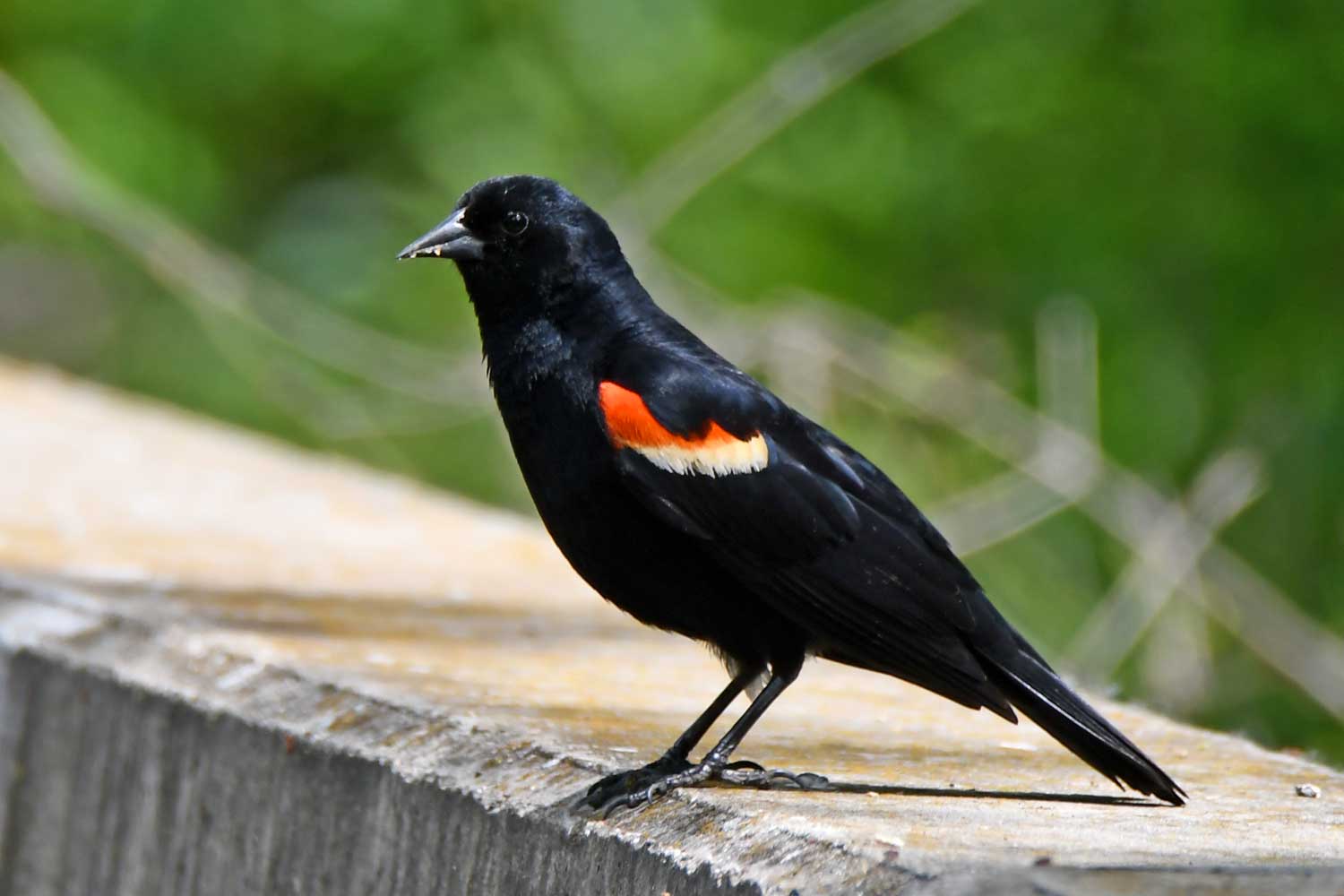.jpg?width=1500&height=1000&ext=.jpg)
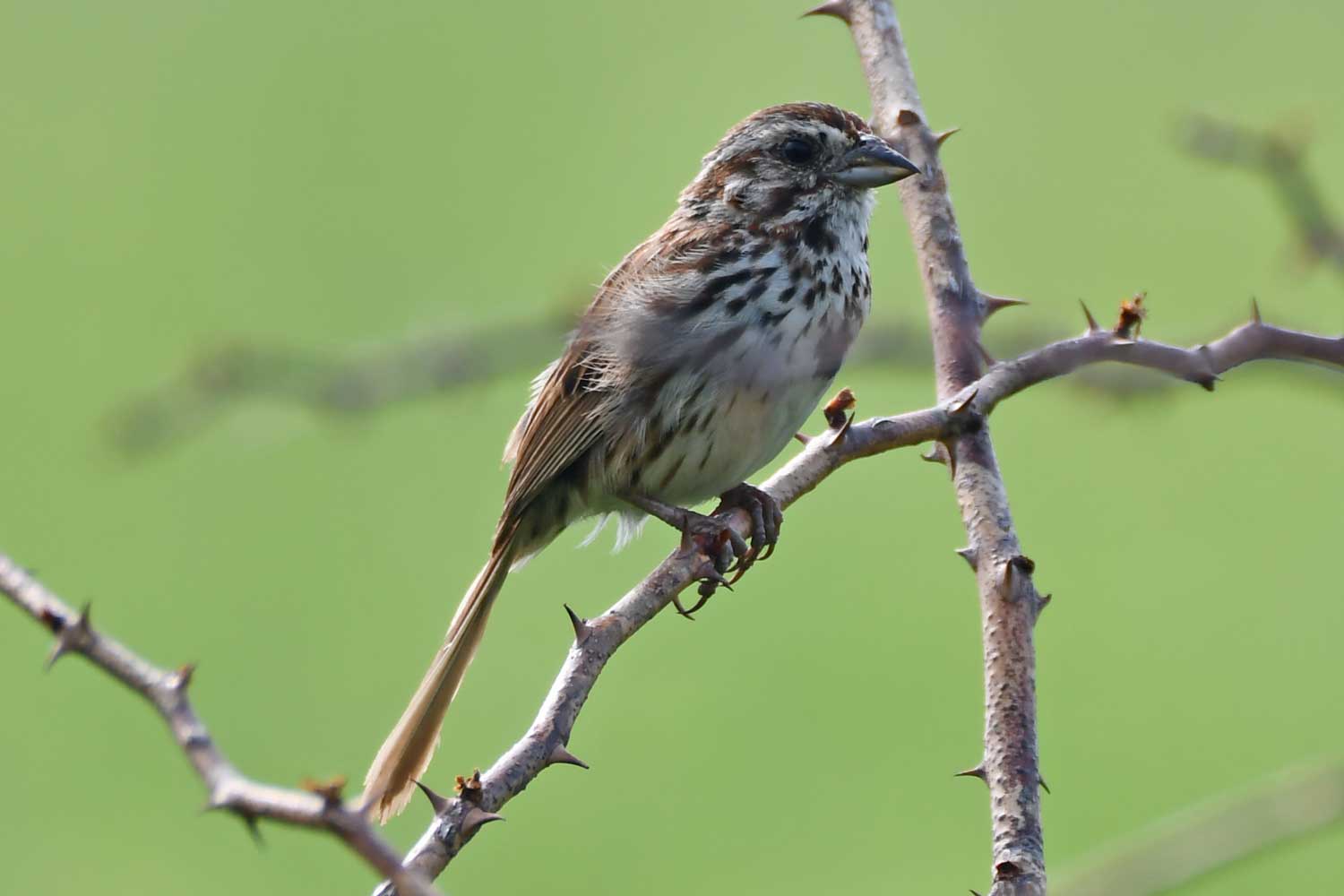.jpg?width=1500&height=1000&ext=.jpg)
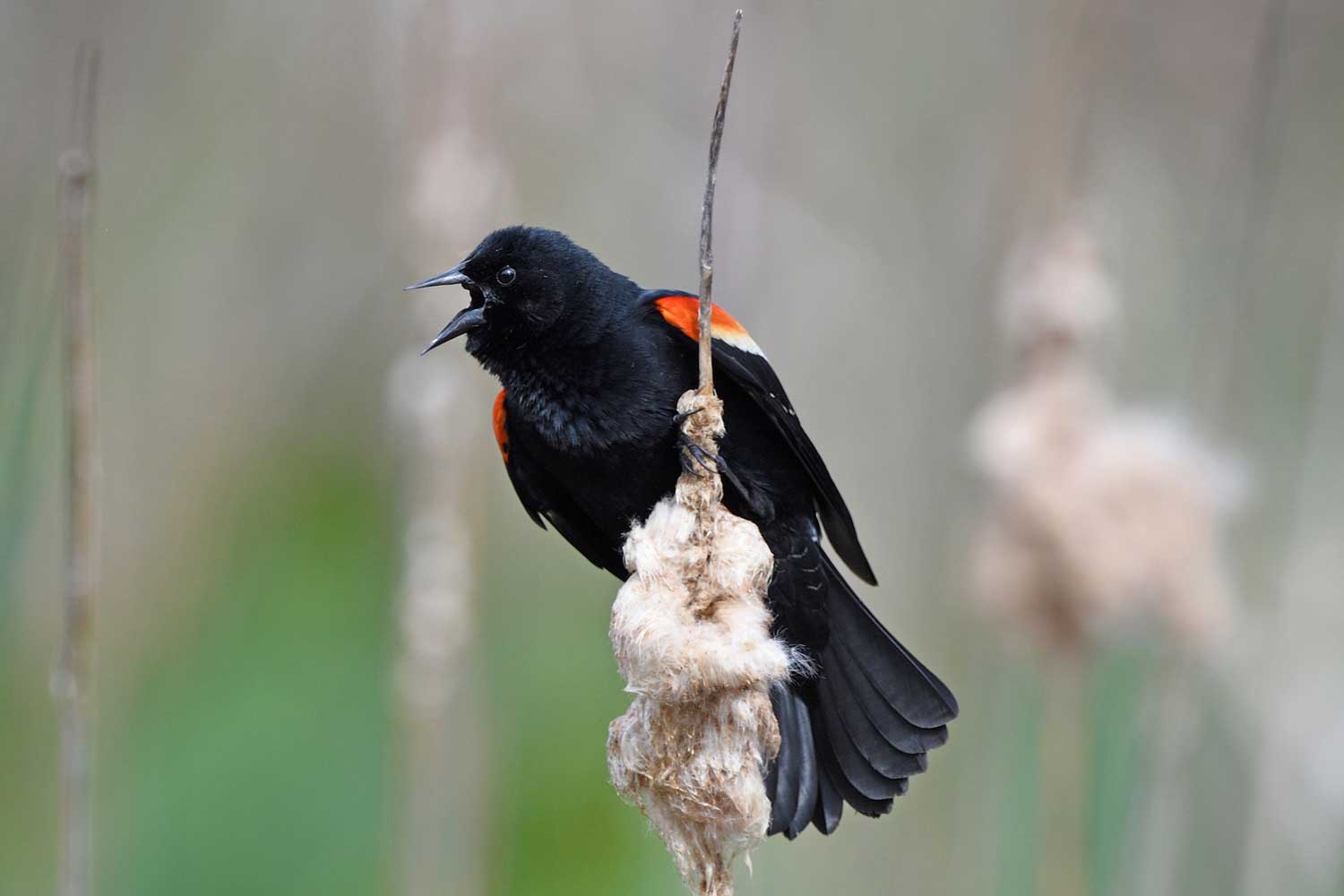.jpg?width=1500&height=1000&ext=.jpg)
.jpg?width=1500&height=1000&ext=.jpg)

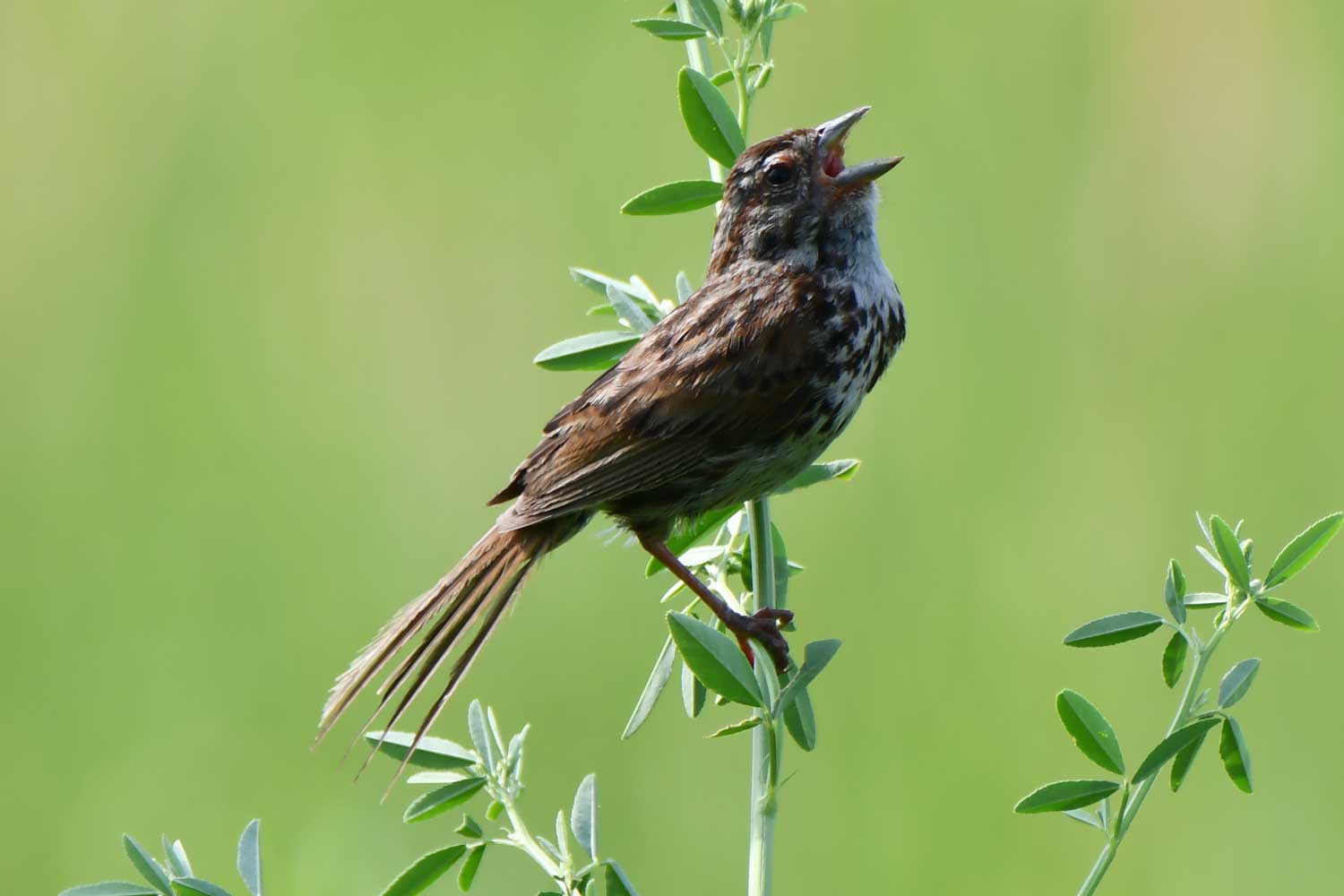.jpg?width=1500&height=1000&ext=.jpg)
